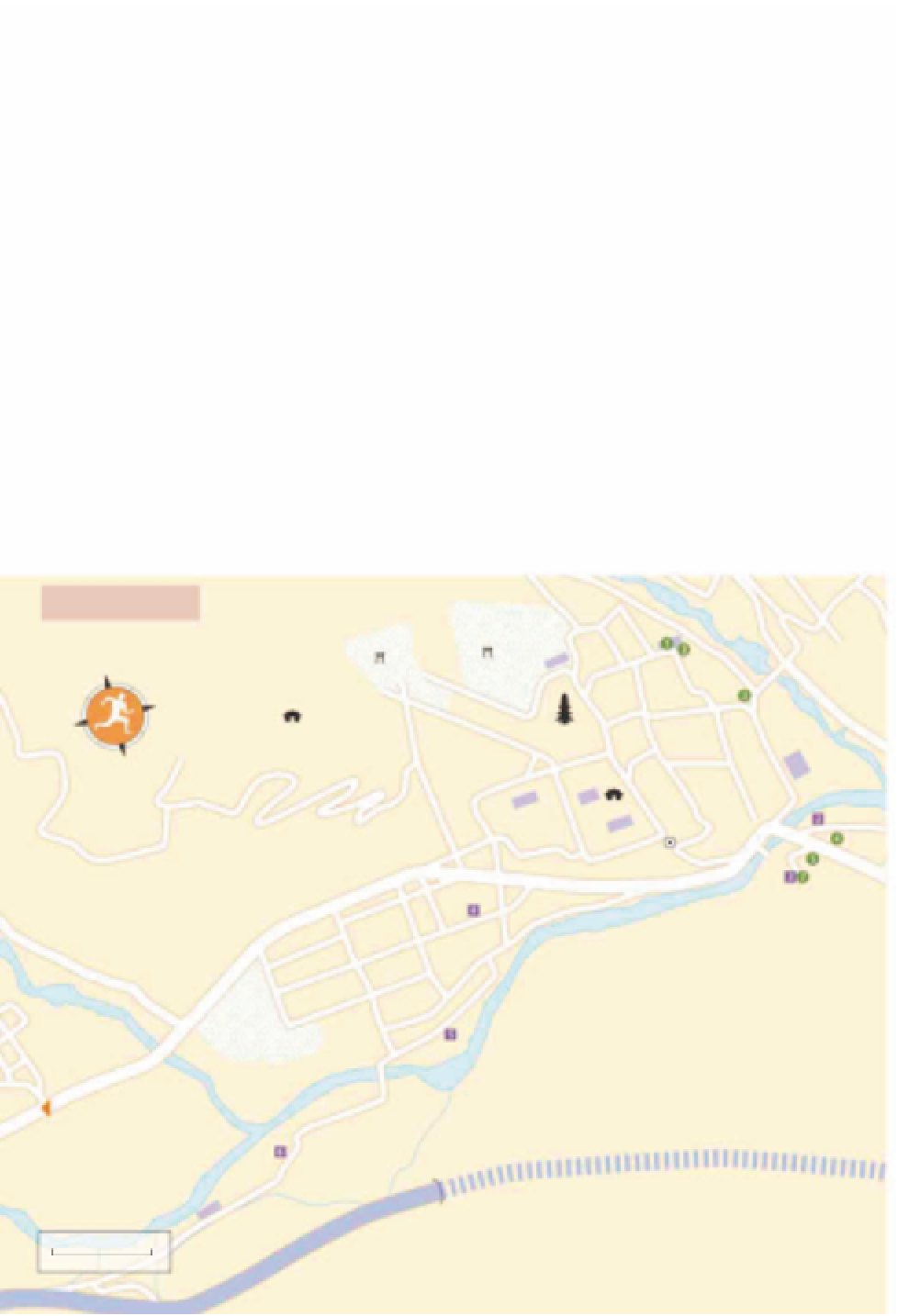Travel Reference
In-Depth Information
Beyond the Yōmei-mon, just above the Sakashita-mon gate to the right of the inner
precinct, the temple's famed
sleeping cat
(
nemuri neko
) is usually accompanied by
gawping crowds - you'd otherwise easily miss this minute, underwhelming carving.
Two hundred stone steps lead uphill from the gate to the surprisingly unostentatious
tomb of Ieyasu
, amid a glade of pines, and about the only corner of the shrine where
tourists are generally absent.
Directly in front of the Yōmei-mon is the serene white and gold gate of
Kara-mon
,
beyond which is the
Haiden
, or hall of worship. The side entrance to the hall is to the
right of the gate; you'll need to remove your shoes and stop taking photographs. Inside,
you can walk down into the Honden, the shrine's central hall, still decorated with its
beautiful original paintwork.
Futarasan-jinja
ೋߥࢁਆࣾ
• Daily: April-Oct 8am-4.30pm; Nov-March 9am-3.30pm • Free; garden ¥200
A short tramp west of Tōshō-gū is the fantastic
Futarasan-jinja
, whose simple red
colour scheme comes as a relief to the senses. This shrine, originally established by the
priest Shōdō Shōnin in 782, is the main one dedicated to the deity of Mount Nantai,
the volcano whose eruption created nearby Chūzenji-ko. There are some good
paintings of animals and birds on votive plaques in the shrine's main hall, while the
attached garden offers a quiet retreat, with a small teahouse serving
matcha
green tea
and sweets. You can also inspect the
bakemono tōrō
, a “phantom lantern” made of
bronze in 1292 and said to be possessed by demons.
NIKKŌ
Meiji-no-
Ya k a t a
Futarasan-
jinja
Nikkō Tōshō-gū
Museum of Art
Tōshō-gū
Shrine
Taiyūin-byō
Five-Storied
Pagoda
Kosugi Hōan
Museum of Art
Sanbutsu-
dō
Rinnō-ji
Toshō-gū
Treasure House
Statue of
Shōdō Shōnin
Rinnō-ji
Treasure
House
Shin-kyō
Bridge
Nikkō
Tamozawa
Imperial Villa
Memorial Park
Ganman-
ga-fuchi
0
200
metres

































